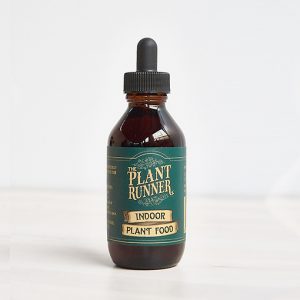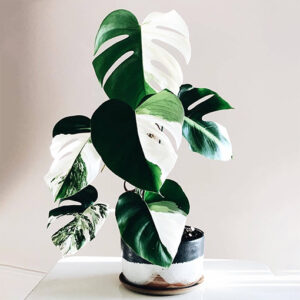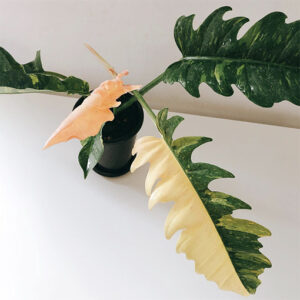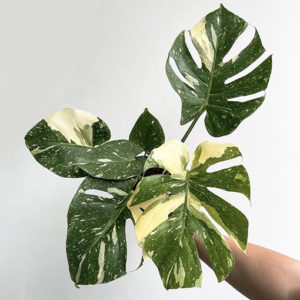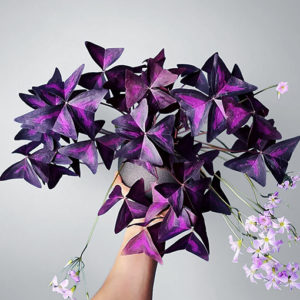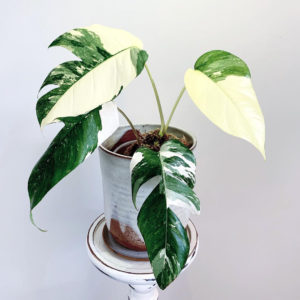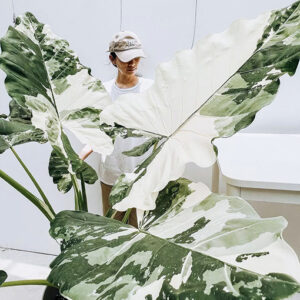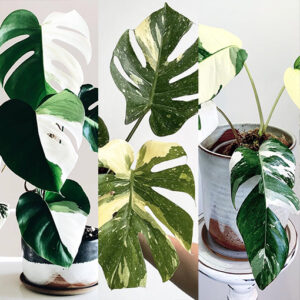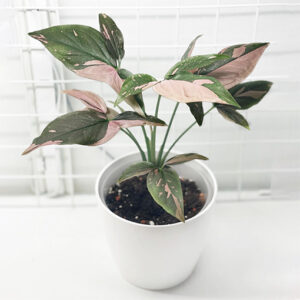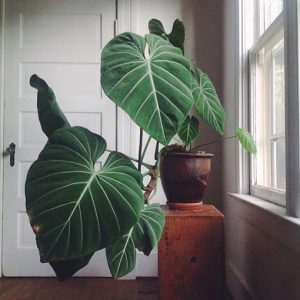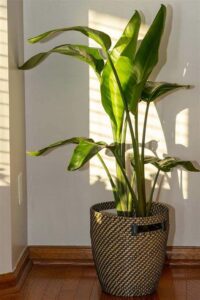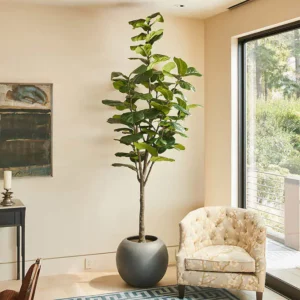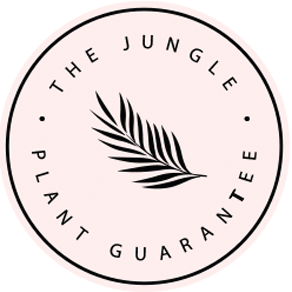
#Thejunglecollective!
Indoor plants not only enhance the aesthetic appeal of our living spaces but also contribute to cleaner air and a healthier environment. However, to ensure they thrive, proper care is essential, and that includes feeding them the right nutrients. In this comprehensive guide, we’ll delve into the art of feeding your indoor plants, exploring various techniques, fertilizers, and dos and don’ts to help your leafy companions flourish.

Understanding the Basics of Feeding Indoor Plants
Before we dive into the specifics of feeding indoor plants, it’s crucial to understand why and how they need to be fed. Indoor plants rely on us to provide them with essential nutrients since they can’t access them naturally like their outdoor counterparts. These nutrients, primarily nitrogen (N), phosphorus (P), and potassium (K), are vital for healthy growth, vibrant foliage, and robust root development.
Choosing the Right Fertilizer
When it comes to fertilizers for indoor plants, the options can be overwhelming. From organic to synthetic, liquid to granular, the market offers a myriad of choices. Consider factors such as the type of plants you have, their growth stage, and your personal preference for organic or synthetic products.

Organic vs. Synthetic Fertilizers
Organic fertilizers, derived from natural sources like compost, fish emulsion, or bone meal, provide a slow and steady release of nutrients, promoting long-term soil health. On the other hand, synthetic fertilizers offer a quick nutrient boost but may require more frequent application and can risk chemical buildup in the soil over time.
Understanding Fertilizer Labels
Deciphering fertilizer labels can be confusing, but it’s crucial for ensuring you’re providing your plants with the right nutrients in the correct proportions. Look for three numbers on the label representing the N-P-K ratio, indicating the percentage of nitrogen, phosphorus, and potassium in the fertilizer respectively. For example, a 10-10-10 fertilizer contains 10% of each nutrient.

When and How to Feed
Knowing when and how to feed your indoor plants is key to their overall health and vitality. During the active growing season, typically spring and summer, plants require more frequent feeding to support their growth. Dilute liquid fertilizers with water according to the package instructions to avoid overfeeding, which can lead to fertilizer burn.
Water-Soluble Fertilizers
Water-soluble fertilizers are popular for indoor plants due to their ease of use and quick absorption by the roots. Simply mix the fertilizer with water and apply it to the soil during regular watering sessions. Remember to adjust the strength of the solution based on the plant’s needs and growth stage.

Do’s and Don’ts of Feeding Indoor Plants:
- Do: Follow the recommended dosage on the fertilizer label to prevent overfeeding.
- Don’t: Feed dormant or stressed plants, as they won’t benefit from additional nutrients and may be more susceptible to damage.
- Do: Monitor your plants closely for signs of nutrient deficiencies, such as yellowing leaves or stunted growth, and adjust your feeding regimen accordingly.
- Don’t: Use outdoor fertilizers for indoor plants, as they may contain higher concentrations of nutrients that can harm delicate indoor foliage.

Tailoring Feeding Methods to Plant Types
Different indoor plants have varying nutrient requirements, so it’s essential to tailor your feeding methods accordingly. For example, flowering plants like African violets may benefit from a fertilizer high in phosphorus to promote blooming, while foliage plants may prefer a balanced N-P-K ratio for lush green growth.
Maintaining Soil Health
In addition to feeding your indoor plants, maintaining soil health is vital for their overall well-being. Consider incorporating organic matter like compost or worm castings into the soil to improve its structure and fertility over time. Regularly aerating the soil and ensuring proper drainage will also prevent nutrient imbalances and waterlogged conditions.

Troubleshooting Common Issues
Despite your best efforts, indoor plants may still encounter issues related to feeding, such as nutrient deficiencies or excesses. If you notice signs of distress like yellowing leaves, leaf drop, or stunted growth, promptly assess the situation and adjust your feeding regimen as needed. In some cases, flushing the soil with water can help remove excess salts or nutrients.
Feeding your indoor plants is both an art and a science, requiring attention to detail and a deep understanding of their individual needs. By choosing the right fertilizers, feeding them at the appropriate times, and monitoring their growth closely, you can ensure your leafy companions thrive and bring joy to your home for years to come. So, roll up your sleeves, grab your watering can, and embark on a journey of nurturing greenery within the comfort of your home.
If you’re looking for more information on indoor plants, check out our shop for a wide selection of plants. We also have a blog with more tips and tricks for caring for your indoor plants.

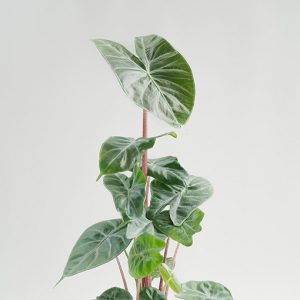 Alocasia Ivory Coast 180mm
Alocasia Ivory Coast 180mm
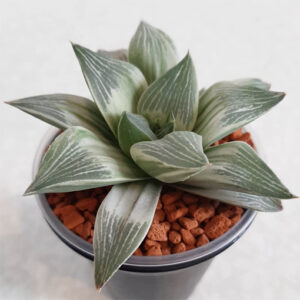 Haworthia retusa 'Milky Way' 130mm
Haworthia retusa 'Milky Way' 130mm
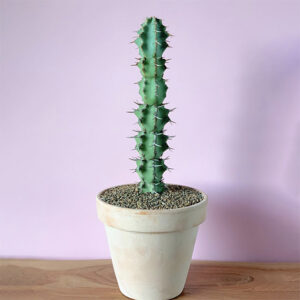 Euphorbia Coerulescens 190mm
Euphorbia Coerulescens 190mm
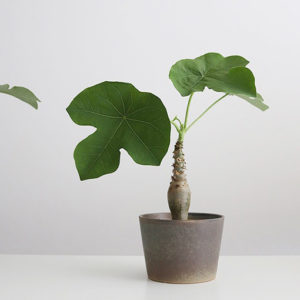 Jatropha Podagrica Yellow - Buddhas Belly 130mm
Jatropha Podagrica Yellow - Buddhas Belly 130mm
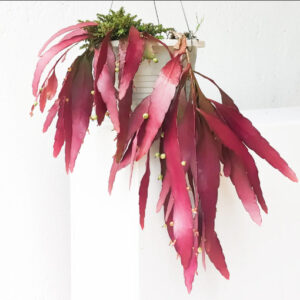 Rhipsalis ramulosa Red Coral 130mm
Rhipsalis ramulosa Red Coral 130mm
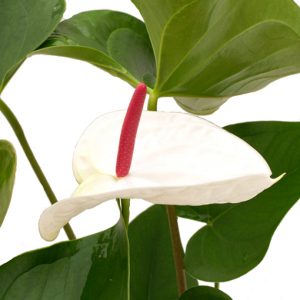 Anthurium White Heart - Anthurium Andreanum 120mm
Anthurium White Heart - Anthurium Andreanum 120mm
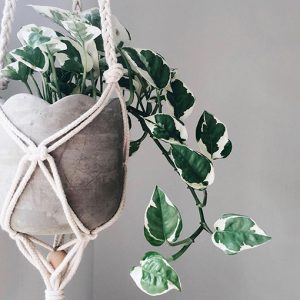 Pothos Snow Queen – Epipremnum aureum 100mm
Pothos Snow Queen – Epipremnum aureum 100mm
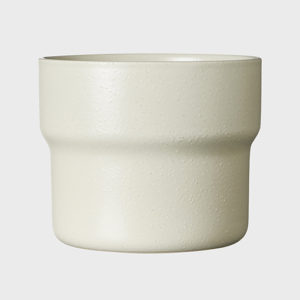 Basil Pot Large 260mm Mist
Basil Pot Large 260mm Mist
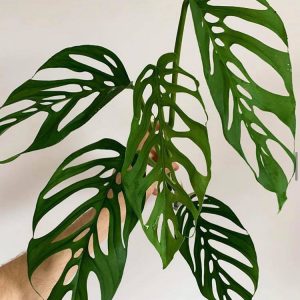 Monstera Adansonii - Swiss Cheese Plant 120mm
Monstera Adansonii - Swiss Cheese Plant 120mm
